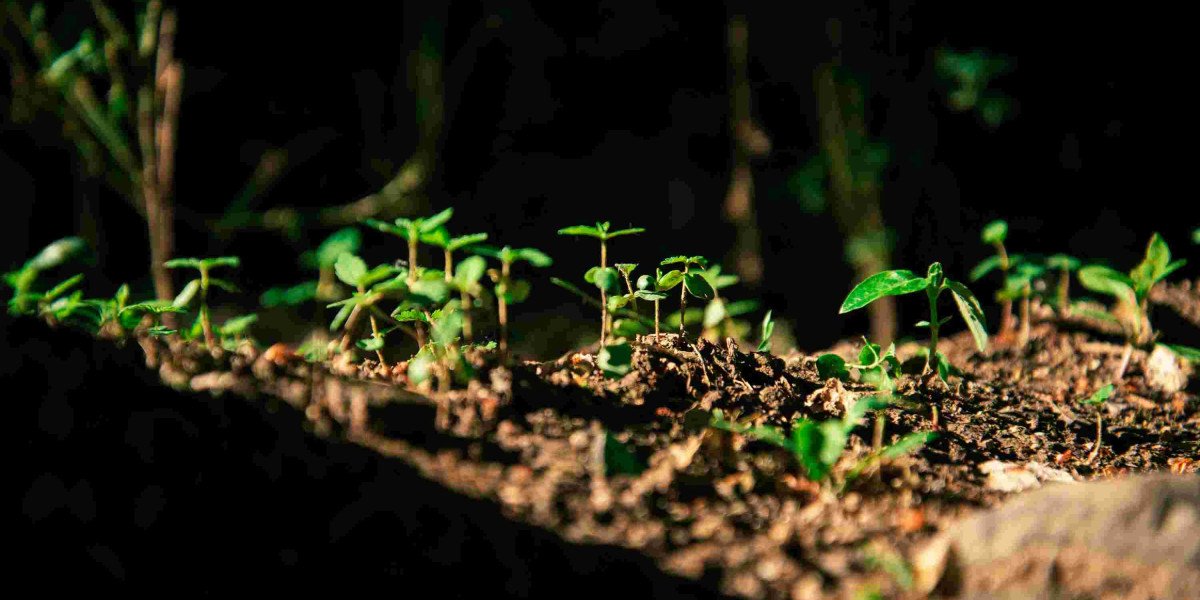The Need for Change
Agriculture has benefited greatly from the use of chemical inputs, but these benefits often come at a cost. Issues such as soil degradation, pesticide resistance, and pollution have raised alarms. Moreover, pests like Whitefly and diseases such as Powdery Mildew continue to evolve, challenging the efficacy of conventional solutions.
The Impact of Chemical Inputs
Environmental Consequences: Chemicals contaminate water sources and disrupt ecosystems, often harming non-target species.
Health Risks: Prolonged exposure to synthetic pesticides and insecticides poses risks to farm workers and consumers.
Addressing these challenges requires innovative approaches that preserve productivity while minimizing harm.
Natural Alternatives to Chemical Inputs
Bio-Based Solutions
Bio-based solutions are gaining traction as effective and sustainable alternatives. Derived from natural sources, they include bio-fungicides, organic pesticides, and botanical extracts. For instance, products like miraj botanical extract have shown promise in managing pests and boosting plant health without the negative side effects of chemicals.
Enhancing Soil Health
Healthy soil is crucial for reducing reliance on chemical fertilizers. Practices such as composting, cover cropping, and using bio-fertilizers help restore soil fertility naturally. These methods encourage microbial activity, which plays a vital role in nutrient cycling and disease suppression.
Battling Pests and Diseases
Whitefly and Its Management
Whitefly remains a significant threat to crops worldwide. Unlike traditional chemical insecticides, natural insecticides target whiteflies without harming beneficial insects. These solutions disrupt the pest’s lifecycle and reduce the chances of resistance development.
Controlling Powdery Mildew
Powdery Mildew is a common fungal disease that affects crops by hindering photosynthesis. Bio-fungicides offer an eco-friendly way to manage this disease, strengthening plant defences and reducing fungal growth.
“Sustainable farming is not about avoiding challenges- it’s about meeting them in ways that protect the planet and future generations.”
The Role of Technology in Farming Without Chemicals
Precision Agriculture
Precision agriculture uses data and advanced tools to optimize resource use. Drones, sensors, and satellite imagery allow farmers to monitor crop health, apply natural inputs precisely, and minimize waste.
Advancements in Genetic Research
Genetic research is unlocking new possibilities for creating crops resistant to pests and diseases. These innovations reduce the need for chemical interventions while ensuring high yields.
The Promise of Automation
Automation in farming, from robotic weeders to AI-guided sprayers, supports the transition to chemical-free systems by reducing labour costs and improving efficiency.
Challenges and Solutions
Barriers to Adoption
Transitioning to farming without chemical inputs is not without challenges. Higher upfront costs, lack of knowledge, and limited access to alternatives can deter farmers.
Pathways to Overcome Challenges
Education and Training: Programs that teach farmers about natural alternatives and how to implement them effectively.
Policy Support: Subsidies and incentives to encourage the adoption of sustainable practices.
Imagining a Chemical-Free Future
The vision of farming without chemical inputs is not just an ideal—it’s becoming a reality in many regions. By embracing bio-based solutions, enhancing soil health, and leveraging technology, farmers can transition to systems that are productive, resilient, and environmentally friendly.
This future calls for collective effort from farmers, researchers, policymakers, and consumers. Together, we can redefine agriculture, ensuring that it nurtures both the land and the people who depend on it. The journey toward a chemical-free future is not just about eliminating inputs; it’s about cultivating a sustainable relationship with the earth.








